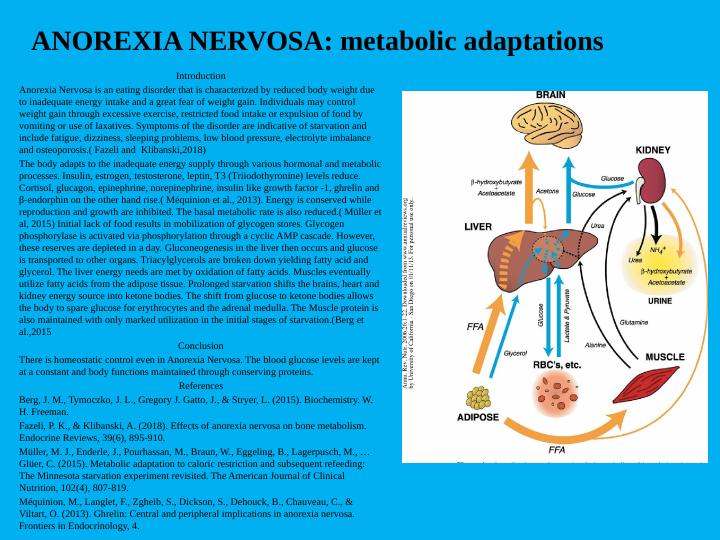Anorexia Nervosa Metabolic Adaptations Analysis 2022
Added on 2022-09-12
1 Pages509 Words46 Views
End of preview
Want to access all the pages? Upload your documents or become a member.
Anorexia Nervosa Analysis 2022
|11
|1812
|22
Free fatty acids are continually
|4
|754
|21
Biochemistry; Carbohydrate Metabolism Essay 2022
|9
|1871
|31
Adaptation of the Ketogenic Diet
|2
|613
|28
The Role of Macronutrient Carbohydrates
|7
|1587
|317
Topics in Physiology Assignment PDF
|12
|3336
|131
